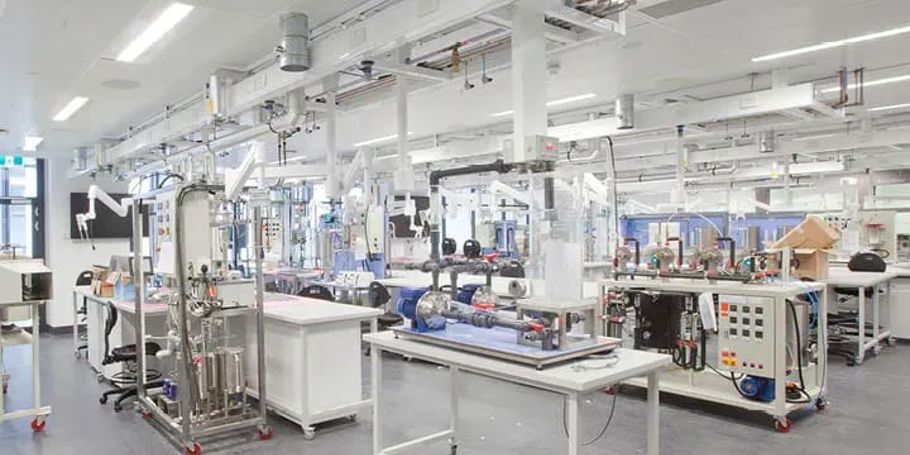As part of its mission to educate and inspire the public with a wonder of science, CERN wanted to create a new scientific education and outreach centre in Geneva, Switzerland.
They turned to Arup to help engineer the Science Gateway, a new 7,000m2 centre comprising inspirational exhibition spaces, laboratories for hands-on scientific experiments, and a large auditorium to host science events for experts and non-experts alike.
Lighting the way for scientific discovery
Inspired by the world’s largest particle accelerator, the Large Hadron Collider, the new centre opened to the public in 2023, quickly becoming a prominent city landmark visible both day and night.
The Science Gateway was conceived with research, planet and people at its heart. We worked closely with Renzo Piano Building Workshop (RPBW) to integrate the creativity that characterises the world of science into its architecture without compromising the environment. The design minimises materials, prioritises the use of less carbon intensive solutions, and incorporates a bespoke lighting system to reduce its impact on the environment and wildlife. As well as insightful exhibitions, visitors can enjoy green and tranquil outdoor spaces.
Shaping the architectural vision
Inspired by cutting-edge scientific research at CERN and the International Space Station, the architecture of the Science Gateway became an integral part of its identity. Leading the design of its four key elements – the pavilions, the tubes, the bridge and the photovoltaic collectors, the role of our engineering team was to shape a building whose complex structure reflects the scientific research conducted inside.
Appearing to levitate, the building had to be lightweight and unified into a single unit - a challenge when designing and integrating elements such as the bridge and the tubes. The first connects the exhibition and educational spaces, and the second offers visitors an immersive experience representing the accelerator tunnels. These structures needed to be slender and robust, providing a sense of solidity and comfort to visitors.
To achieve this, we worked with RPBW to explore different options and create a wide range of non-standard solutions. For example, the bridge structure was incorporated into and across the tubes to give maximum stiffness to the loadbearing bridge elements and ensure visitors felt safe and secure. Thanks to the close collaboration across our teams, we could make the primary structure near invisible to the eye, showcasing how engineering and architecture can be carefully and harmoniously integrated.
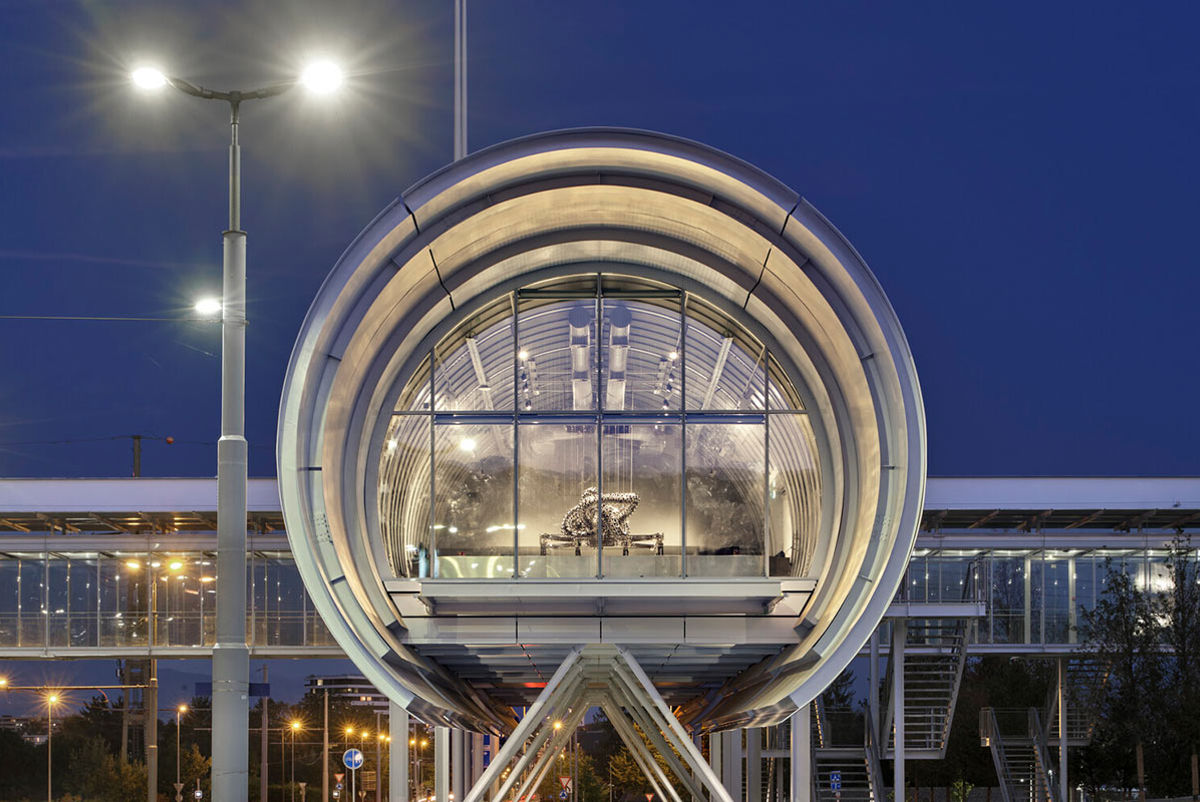
Bringing sustainability into the heart of science
The Science Gateway had strong sustainability ambitions from its inception. To turn these into reality, we studied the associated embodied carbon footprint of different materials and challenged the initial concept design. This allowed us to reduce the number of materials and use them more efficiently, minimising the building’s environmental impacts. Our main goal was to seek efficient and cost-effective solutions to material use without compromising our architectural vision.
For example, we suggested the use of low-carbon structural materials and recommended an alternative steel solution for the tubes. Combined with the bespoke design of the pavilion roof, these strategies created lighter and easier to build structures, cut down on materials, and reduced carbon emissions. Our design integrates almost 4000m2 of solar panels, enabling the building to be net zero carbon in operation.
Green spaces were a key element of the complex, as they are not only beneficial to the environment but also to visitors and the public. Weaving nature and greenery into the language of science and technology, the site includes 384 new and 22 relocated trees in the reforested areas, which serve to connect the new and existing facilities. Together with other elements such as urban plazas and sheltered areas, this green public realm provides visitors with outdoor spaces for leisure, social interaction and relaxation.

Creating a landmark in day and night scenes
Transforming the separate structures into a single entity at night, lighting plays an indispensable role in shaping the building’s identity. Our aim was to create a distinct and easily identifiable night-time silhouette, visible from the ground and air, when travelling from Geneva airport nearby.
The lighting scheme establishes a visual link between the Science Gateway and the current CERN campuses. This is achieved by employing different shades of white, distinguishing and establishing a hierarchy among the various spaces. The symmetry and rhythm of the structural elements guide the light from within, creating contrast with the darkness of the pavilion's surfaces. Through this thoughtful design and the illumination of the tubes, the distinctive features of the building are emphasised, drawing attention to its unique structures.
As external lights can disrupt the nocturnal activity of wildlife and ecosystems, we refrained from illuminating natural elements. Our strategy respects the darkness required for the forests and the natural landscape and allows visitors to enjoy a night walk on pathways illuminated by low-level lighting. To reduce light pollution further, we are collaborating with CERN and RPBW to reconsider the existing campus’ lighting scheme through retrofitting and reducing light spill in certain areas, with the overall effect of bringing the art of architecture and the science of CERN together in a unique way.


What we delivered
-
Revitalised the CERN campus to create a lasting public legacy for science
-
A lightscape to highlight the scientific advancements of CERN.
Get in touch with our team
Projects
Explore more science projects
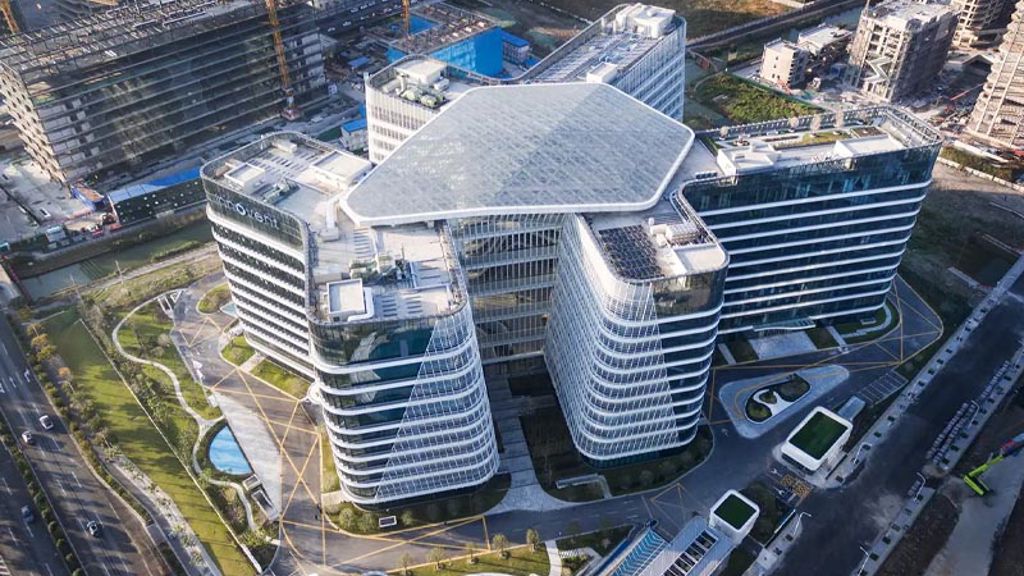
Shaping the future of research environment
Innovent Biologics Global R&D Center, Mainland China
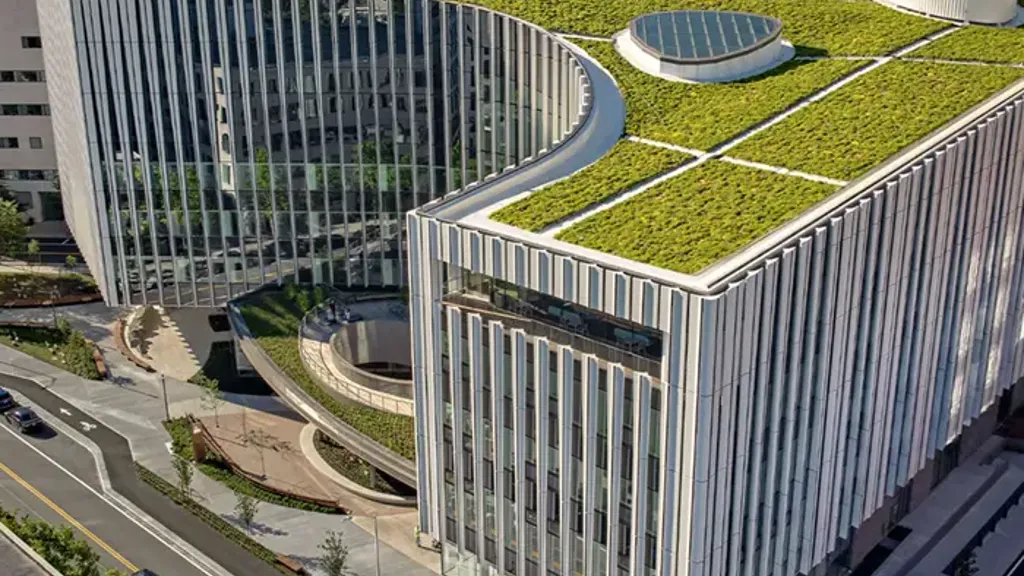
A space for life-saving research
Ragon Institute, United States of America

Designing high-performance laboratory infrastructure to foster research collaboration
Pacific Northwest National Laboratory Grid Storage Launchpad (GSL), United States of America
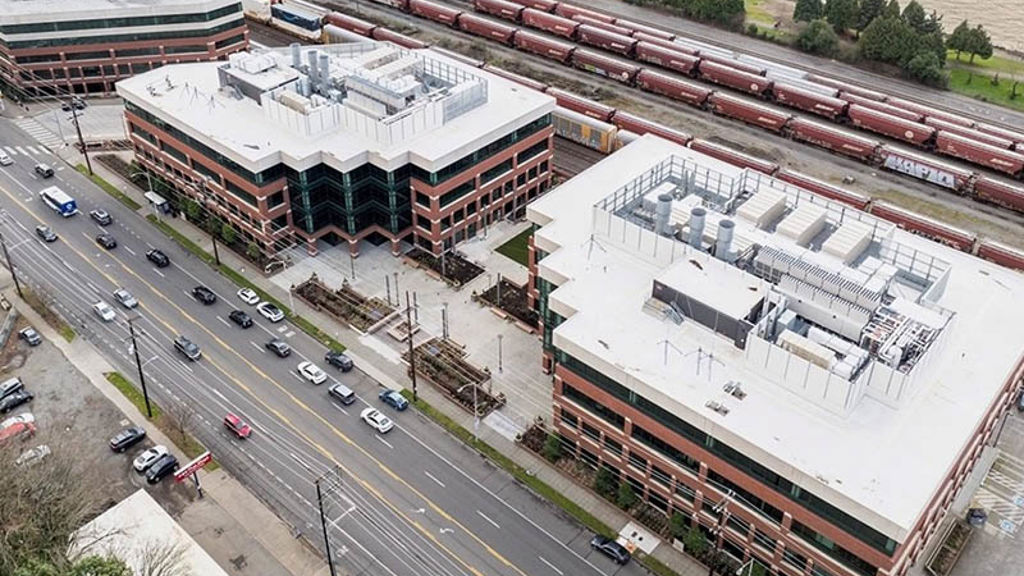
Employing adaptive reuse to support Seattle’s growing life sciences industry
Unison Elliott Bay, United States of America
Get in touch with us
If you'd like to speak to one of our science experts about any of the issues raised on this page or a potential collaboration then please get in touch by completing the form.
